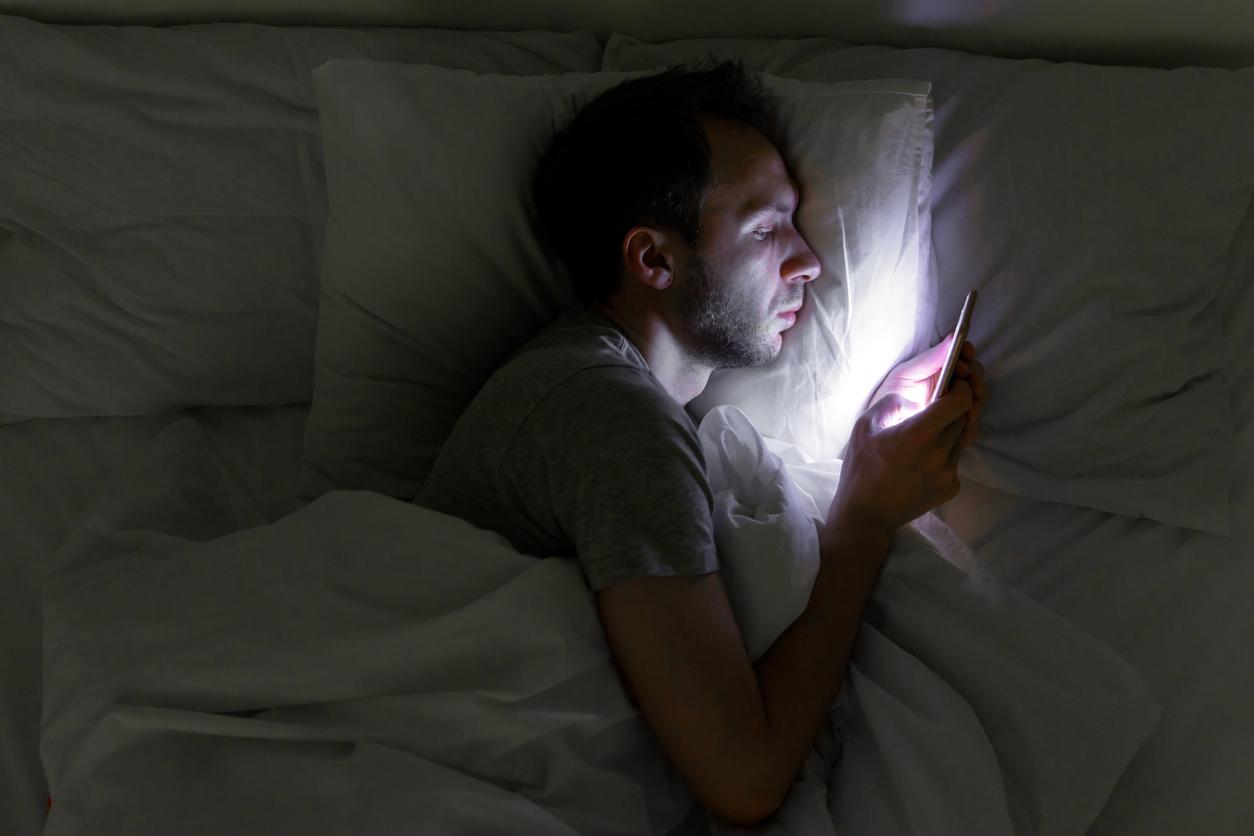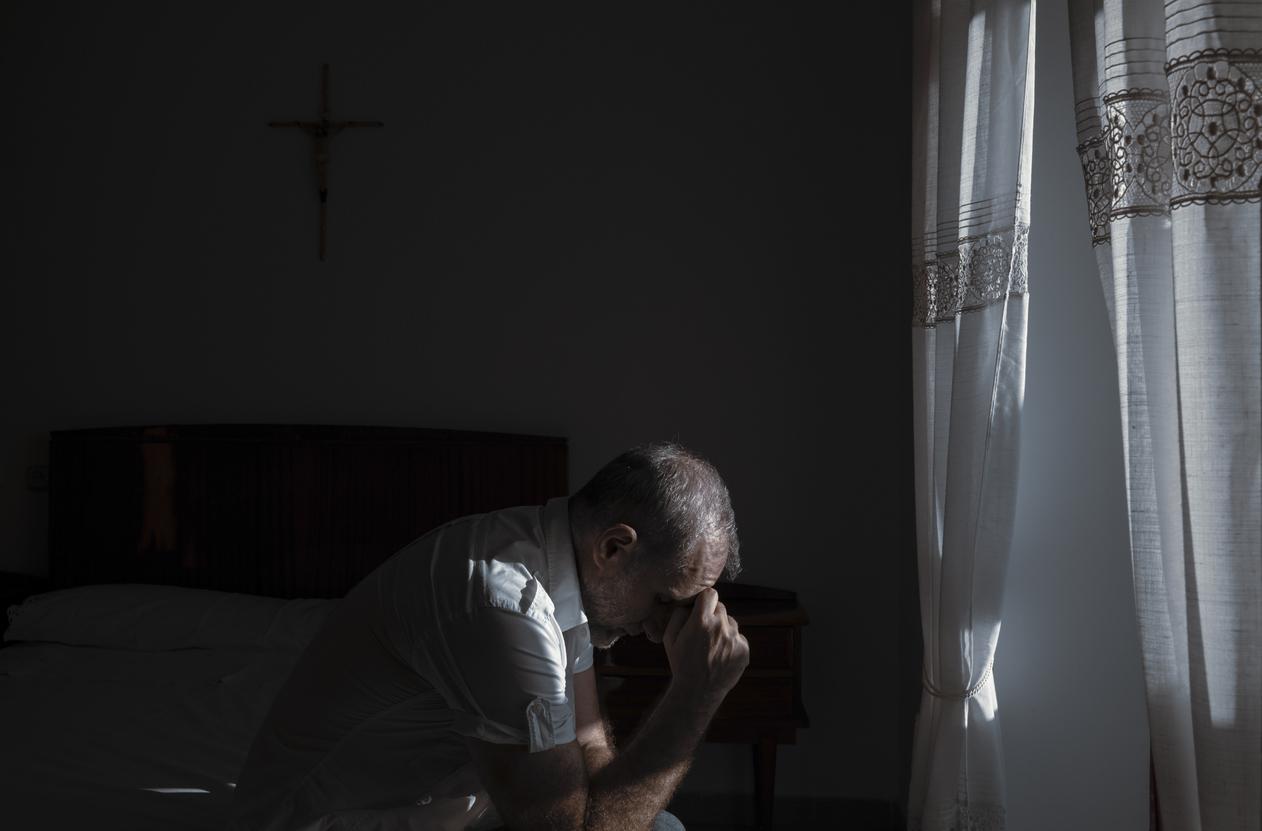Whether your bedside lamp emits yellow or blue light has little effect on your internal clock, according to a new study.

- The color of light does not influence the human internal clock or sleep, according to a new study.
- According to the results obtained, it is the ganglion cells, sensitive to brightness, which are the most important for the internal clock.
- For researchers, the effects of light on ganglion cells should be taken into account when designing lighting.
Light not only allows us to see, it also influences our rhythm sleep-wakealso called internal clock. “A 2019 study in mice suggested that yellowish light had a stronger influence on the internal clock than bluish light.”says Dr. Christine Blume from the University of Basel. Faced with this work, the Swiss specialist and teams from the Technical University of Munich studied the influence of different colors of light on the human body.
Their conclusion, presented in the journal Nature Human Behavior, argues that the intensity of light has more impact on the internal clock than its color.
Internal clock and light: the cones and ganglion cells of the eye at the heart of the study
For this research, scientists exposed 16 healthy volunteers to a bluish or yellowish light stimulus for an hour in the late evening, as well as a white light stimulus as a control condition. The light stimuli were designed in such a way that they activated the color-sensitive cones of the retina in a very controlled manner. On the other hand, the stimulation of the ganglion cells of the eye, sensitive to brightness, was the same in the three conditions. This device allowed that the differences observed in the effect of light be directly attributable to the respective stimulation of the cones and, therefore, to the color of the light.
“This method of light stimulation allows us to separate in a clean experimental way the properties of light that may play a role in how light affects humans.”explains Manuel Spitschan in a communicatedprofessor of chronobiology and health at the Technical University of Munich, who also participated in the study.
At the same time, the researchers assessed how long it took participants to fall asleep and how deep their sleep was at the start of the night. They also tested their reaction capacity, which decreased with increasing sleepiness.

Internal clock: light colors have no effect
The data collected contradicts the results of the 2019 study on mice. “We found no evidence that variation in light color along a blue-yellow dimension plays a role relevant to the human internal clock or sleep“explains Dr Christine Blume. “Rather, our results support the findings of many other studies that light-sensitive ganglion cells are most important for the human internal clock“she adds.
For researchers, their work allows us to better understand the effects of light on the body and how to counter them. Manual Spitschan precise : “Our results show that it is probably very important to consider the effect of light on light-sensitive ganglion cells when planning and designing lighting. Color therefore plays a very secondary role..

















